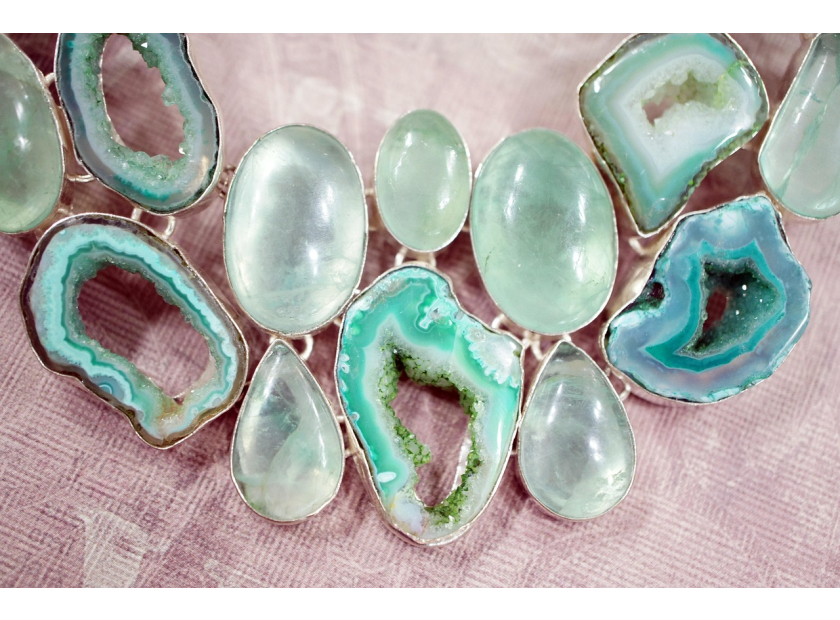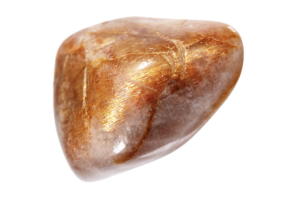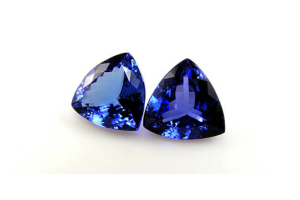USD
/
USD
/
Shipping to:
Currency:
How to Tell If a Spinel Is Real: A Complete Guide for Gem Lovers
Spinel is a captivating gemstone that has often been mistaken for other precious stones like rubies and sapphires.
Its vibrant colors and remarkable brilliance make it a favorite among gem enthusiasts and jewelers alike.
However, with the market flooded with both natural and synthetic spinels, it's essential to know how to distinguish between the two.
This guide will walk you through the characteristics of spinel and provide practical tips to help you identify a genuine stone.
Understanding Spinel
Spinel is a magnesium aluminum oxide mineral that crystallizes in the cubic system.
It's known for its wide range of colors, including red, pink, blue, lavender, green, brown, black, and even colorless varieties.
Historically, spinel has been misidentified as ruby or sapphire due to its similar appearance and shared mining locations.
Notable examples include the "Black Prince's Ruby" and the "Timur Ruby," both of which are actually spinels.
Why Synthetic Spinel Exists
The allure of spinel's beauty has led to the creation of synthetic versions, primarily through methods like flame-fusion (Verneuil process) and flux-melt.
These lab-grown spinels are often used as affordable alternatives in jewelry, mimicking the appearance of their natural counterparts.
While they offer aesthetic appeal, synthetic spinels lack the rarity and, often, the value of natural stones.
Identifying Genuine Spinel
Distinguishing between natural and synthetic spinel can be challenging, but several methods can help with identification.
Color and Clarity
Natural spinels display a range of colors with varying saturations.
They often contain inclusions, which are natural imperfections that can resemble fingerprints.
In contrast, synthetic spinels tend to have more uniform colors and fewer inclusions, often appearing too perfect.
Cut and Facets
Authentic spinels are usually well-cut but may not show perfect symmetry.
Synthetic stones, especially those made via the flame-fusion method, might have overly sharp edges and flawless symmetry—key indicators of lab creation.
Hardness Test
Spinel rates between 7.5 and 8 on the Mohs hardness scale, making it fairly hard.
Although a scratch test could reveal hardness, it's not recommended to perform this at home as it could damage the gem.
It's safer to have a professional gemologist conduct the test.
Magnification Examination
Using a jeweler's loupe or microscope, you can examine the stone for inclusions.
Natural spinels may feature mineral inclusions or "fingerprint" patterns.
Synthetic versions, especially those made via flame fusion, might show curved growth lines or gas bubbles.
Refractive Index
Spinel is singly refractive, meaning it doesn't split light into two rays.
You can check this using a refractometer.
Natural spinels typically have a refractive index around 1.718, while synthetics, particularly from the Verneuil process, may measure closer to 1.730.
Professional Authentication Methods
Gemological Testing
Gemologists use tools like spectroscopes and UV lights to study a gem's characteristics.
For instance, natural blue spinels might display specific absorption lines, while synthetics often exhibit different optical behaviors.
Laboratory Certification
To be completely sure, consider getting the stone certified by a recognized gemological lab such as GIA or IGI.
Certification includes a report detailing whether the spinel is natural or synthetic, plus information on cut, color, and clarity.
Common Misconceptions About Spinel
- All red spinels are rubies: Many red spinels were historically mistaken for rubies, but they are distinct gemstones with different compositions.
- If it's affordable, it must be fake: Some natural spinels are quite budget-friendly, depending on color and origin.
- All spinel glows under UV light: Not necessarily—fluorescence varies by origin and trace elements.
Tips for Purchasing Genuine Spinel
- Choose Reputable Jewelers: Opt for established jewelers with positive reviews. You can browse high-quality options by checking out gemstone engagement rings.
- Ask for Documentation: Always request any certifications or authenticity reports. This is especially important for non-traditional engagement rings that feature alternative stones.
- Be Smart When Shopping Online: When browsing online collections like gemstone rings, make sure there's a clear return policy and that product descriptions include stone origin and grading info.
Frequently Asked Questions
How can I test a spinel at home?
You can observe color and clarity with a magnifying glass or loupe, but for precise identification, a gemologist's tools and expertise are essential.
Is there a big price difference between natural and synthetic spinel?
Yes. Natural spinels are usually more valuable due to their rarity, while synthetic spinels are more common and affordable.
Is spinel more valuable than ruby or sapphire?
Generally, rubies and sapphires are more expensive. However, high-quality spinels—especially in rare colors—can also be quite valuable. If you're comparing options, check out lab-grown diamonds vs gemstones for more insights.
Can a jeweler tell if a spinel is fake?
Experienced jewelers can spot many signs of synthetic stones using basic tools, but for a definitive answer, lab testing is best. For more on stone origins, visit how gemstones and diamonds are formed.








